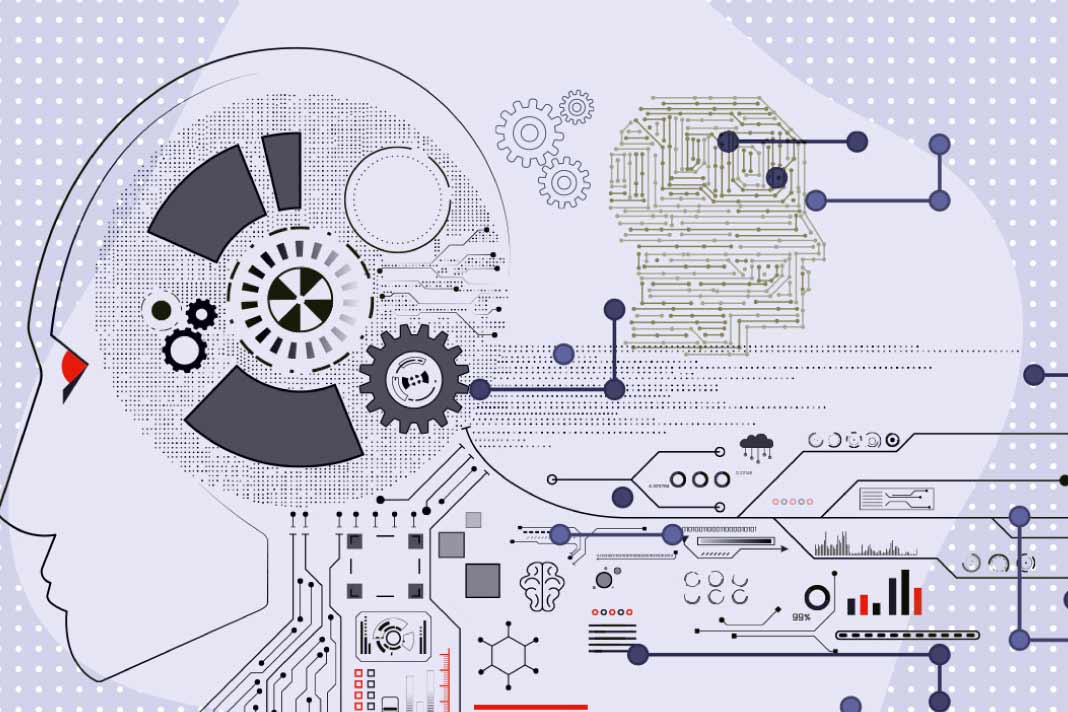Unravel the mystery of Machine Learning! Explore its types, stages, applications in AI, and limitations to understand this powerful technology.
What is machine learning?
Machine learning is a subfield of artificial intelligence (AI) that focuses on building systems that can learn from and make decisions based on data. Instead of being explicitly programmed to perform a specific task, these systems are trained using large amounts of data and algorithms to learn how to perform the task.
Machine learning models can be applied to many real-world examples. The housing market is benefiting from their accuracy. Once trained on a dataset, the model can estimate the market value of a house by analyzing features and comparing them with similar properties.
What are the four types of machine learning algorithms?
The four types of machine learning algorithms are supervised, unsupervised, semi-supervised, and reinforcement learning.
Supervised learning involves training a model on a labeled dataset, where each input data point is paired with an output label. Based on this data, the model learns to map input to output and can then make predictions on new, unseen data. Supervised learning is often applied to image recognition and spam detection.
Also Read: Explained: Big Data
On the other hand, unsupervised learning involves a model working with unlabelled data, so the outputs have no explicit instructions. Instead, the model tries to learn patterns and structure from the data itself. This type of learning is more commonly used for customer segmentation and market basket analysis.
As the name suggests, semi-supervised learning combines supervised and unsupervised learning elements. A small amount of labeled data is used alongside a larger amount of unlabelled data. Model accuracy is improved by learning the labels from the small amount of labeled data and applying a similar approach to labeling the larger data.
Finally, reinforcement learning is when an agent learns the best actions to take in different situations through trial and error. Receiving feedback in rewards teaches the agent what actions to take, like in the gaming or robotics industries.
What are the stages of machine learning?
Machine learning has ten stages. First, the problem must be identified and defined, and then the goal, the available data, and how the solution will be used must be understood. Then, data must be collected to train the model using existing or new data. This data needs to be pre-processed and cleaned for use in the machine learning model—normalizing data and reducing dimensionality, for example.
Once the data is prepared, it will be split into subsets, typically training, validation, and test sets. Next, a suitable algorithm or model can be decided based on the problem type. Data characteristics and the complexity of the problem will heavily influence this. Now, the model can be trained using the training dataset, running the algorithm so that the data learns from input features to make accurate predictions and decisions.
After training the model, its performance can be evaluated using the validation and test datasets. The model will be refined in response to this assessment, adjusting hyperparameters to improve performance. Finally, the trained model can be deployed and continuously monitored to identify required retraining.
How is machine learning used in AI?
Machine learning is a crucial component of artificial intelligence, enabling systems to learn from data and make decisions autonomously. To name a few, ML is notably used in AI for autonomous decision-making, pattern recognition, and predictive analytics. ML algorithms enable AI systems to make real-time decisions while detecting patterns for tasks like facial and speech recognition and fraud detection.
Predictive analytics are another key use of ML, with models helping sectors such as finance and healthcare forecast future events and behaviors. ML allows AI systems to improve autonomously through these applications, adapting to new data and situations effectively.
Also Read: Explained: Explainable AI
What are the limitations of machine learning?
Machine learning has transformed numerous fields with its capabilities but has some notable limitations. The most obvious limitations of ML are data dependency, generalization, and costs. The very nature of ML means that models require large amounts of high-quality data to train effectively. The availability, quality, and bias in the data directly affect the performance of the models.
In addition, these models sometimes fail to generalize well from the training data to unseen data. This means that they might perform excellently on training data but poorly on new, real-world data if the training data is not fully representative of the general population. Finally, the computational cost and resources needed to train sophisticated machine-learning models can be incredibly high.
Tasks involving large datasets or complex algorithms demand significant resources and energy, which may be difficult for companies to finance. These limitations necessitate careful planning and ongoing monitoring to ensure that ML deployments are as effective as possible.



